Placing a load-disconnect circuit on the output of a bootstrapped step-up regulator allows the regulator to start with load currents much higher than would otherwise be possible (Figure 1). During shutdown, the disconnect completely isolates the battery from the load. The circuit boosts a single NiMH-cell output to 3.3V and delivers output currents to 600mA. Step-up regulators are excellent for portable applications because they exhibit high efficiency, low supply current (120µA operating, 20µA in shutdown), and ample current once started.mAny, however, cannot start withmAximum load from low supply voltages, such as those from single-cell batteries. This problem arises because most low-voltage CMOS boost regulators derive power from their own outputs, which equal VIN minus a diode drop at start-up. Low values of input voltage don't allow the switching transistor to become fully enhanced at start-up, so the transistor presents a high impedance that limits the peak inductor current. As a result, the circuit cannot produce enough current to simultaneously supply the load and charge the output capacitor.

Figure 1. The addition of a couple of transistors enables a switching regulator to start with full load and low input voltages.
To get around this problem and ensure reliable start-ups, most regulator ICs incorporate an undervoltage lockout (UVLO). IC1 , for example, is a synchronous boost converter whose bootstrapped operation cannot start until its output voltage exceeds the internal UVLO threshold of 2.3V. You can overcome this start-up limitation with an external power MOSFET, Q1 , operating as a load-disconnect switch, and by using the power-OK (POK) comparator built intomAny low-voltage switching regulators. R3 and R4 set the POK threshold at 2.5V, allowing VIN to rise above the UVLO threshold. Q2 inverts the POK output before driving Q1. Q1 disconnects the load, allowing VOUT to rise to a level (above UVLO) that ensures full enhancement of Q1 when it turns on. As a result, the circuit can start under full load with input voltages as low as 0.8V (Figure 2a). Because the circuit takes the regulator feedback before this switch, the MOSFET you choose for a given application depends on the load current and minimum acceptable level of load regulation. The MOSFET shown is a low-threshold device. Connecting the FB terminal (Pin 2) to ground and removing R1 and R2 produces a 5V regulated output, whose performance is similar to that of the 3.3V version (Figure 2b). (DI #2487)

Figure 2. The load-disconnect switch in Figure 1 allows the regulator to start up with heavy loads and low input voltages (a). A slight modification of the circuit in Figure 1 provides 5V-output operation (b).
Reprinted from EDNmAgazine February 17, 2000
Copyright Cahners Business Information 2000
A Division of Reed Elsevier Inc.

Figure 1. The addition of a couple of transistors enables a switching regulator to start with full load and low input voltages.
To get around this problem and ensure reliable start-ups, most regulator ICs incorporate an undervoltage lockout (UVLO). IC1 , for example, is a synchronous boost converter whose bootstrapped operation cannot start until its output voltage exceeds the internal UVLO threshold of 2.3V. You can overcome this start-up limitation with an external power MOSFET, Q1 , operating as a load-disconnect switch, and by using the power-OK (POK) comparator built intomAny low-voltage switching regulators. R3 and R4 set the POK threshold at 2.5V, allowing VIN to rise above the UVLO threshold. Q2 inverts the POK output before driving Q1. Q1 disconnects the load, allowing VOUT to rise to a level (above UVLO) that ensures full enhancement of Q1 when it turns on. As a result, the circuit can start under full load with input voltages as low as 0.8V (Figure 2a). Because the circuit takes the regulator feedback before this switch, the MOSFET you choose for a given application depends on the load current and minimum acceptable level of load regulation. The MOSFET shown is a low-threshold device. Connecting the FB terminal (Pin 2) to ground and removing R1 and R2 produces a 5V regulated output, whose performance is similar to that of the 3.3V version (Figure 2b). (DI #2487)

Figure 2. The load-disconnect switch in Figure 1 allows the regulator to start up with heavy loads and low input voltages (a). A slight modification of the circuit in Figure 1 provides 5V-output operation (b).
Reprinted from EDNmAgazine February 17, 2000
Copyright Cahners Business Information 2000
A Division of Reed Elsevier Inc.
 电子发烧友App
电子发烧友App









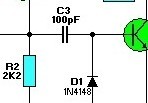

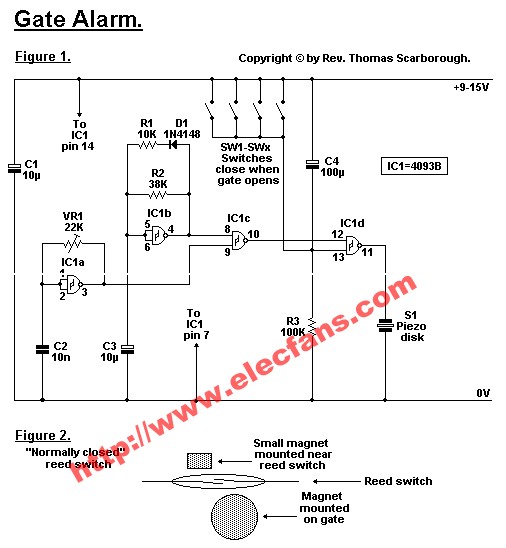

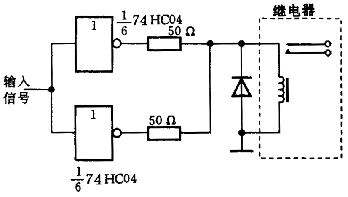
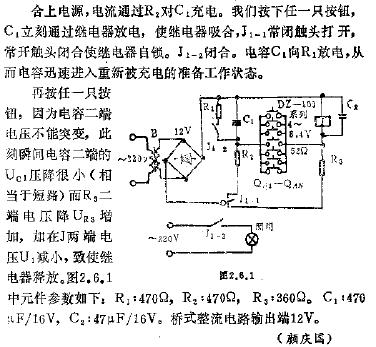
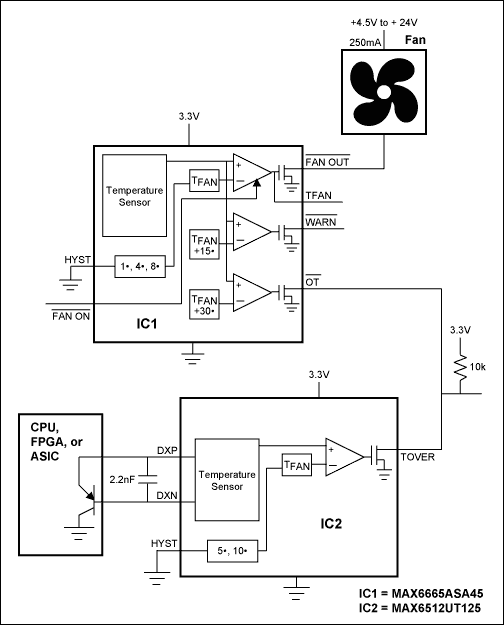
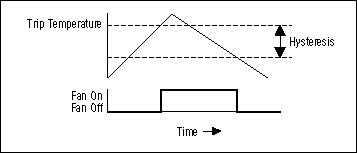
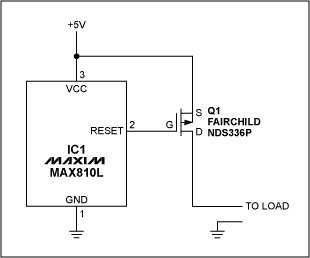
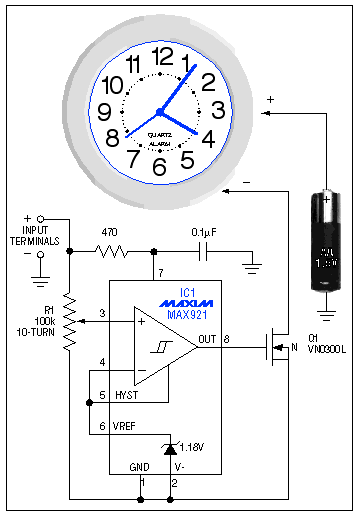
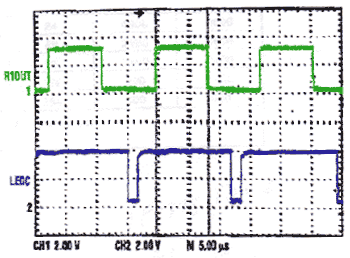
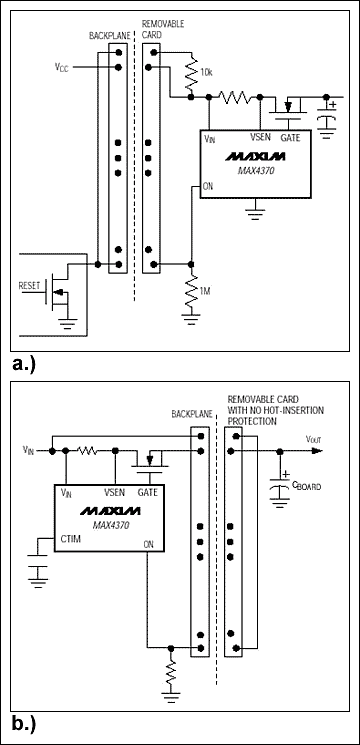
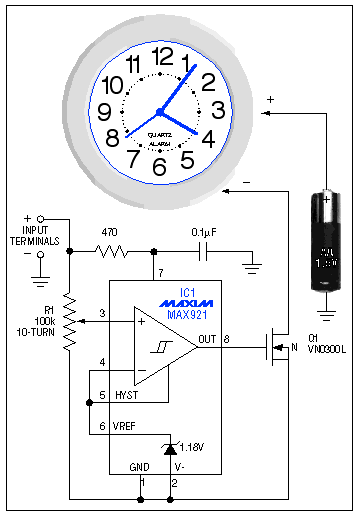
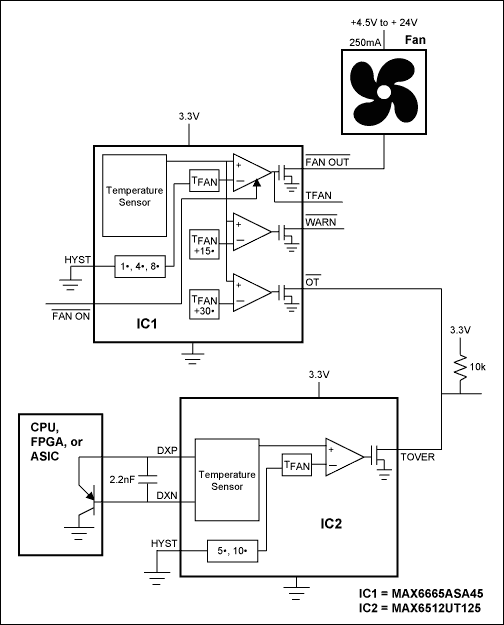
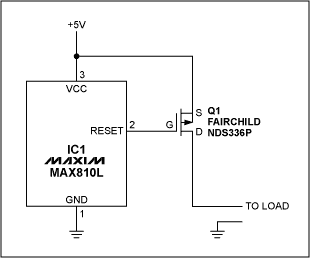
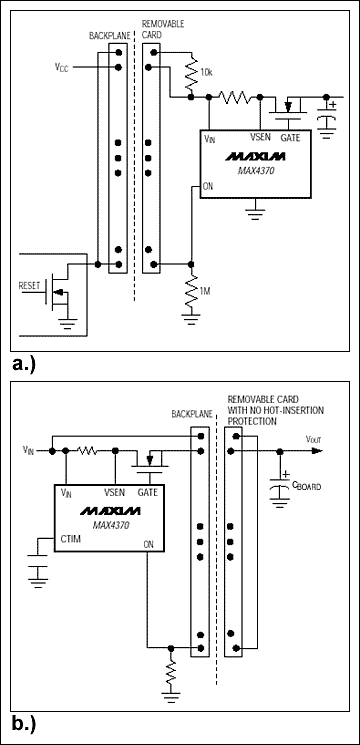

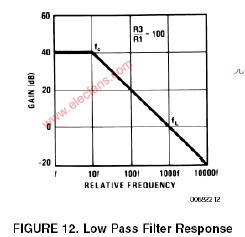

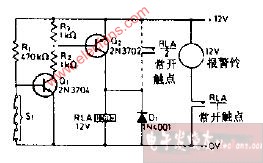
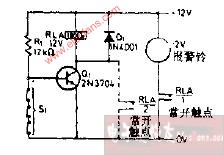


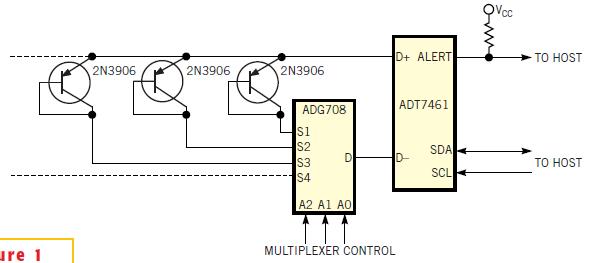
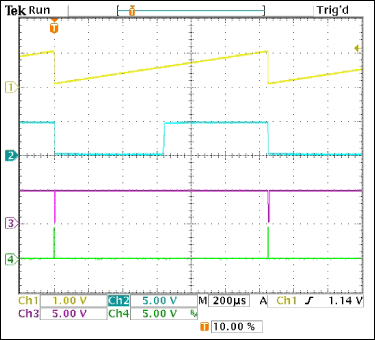


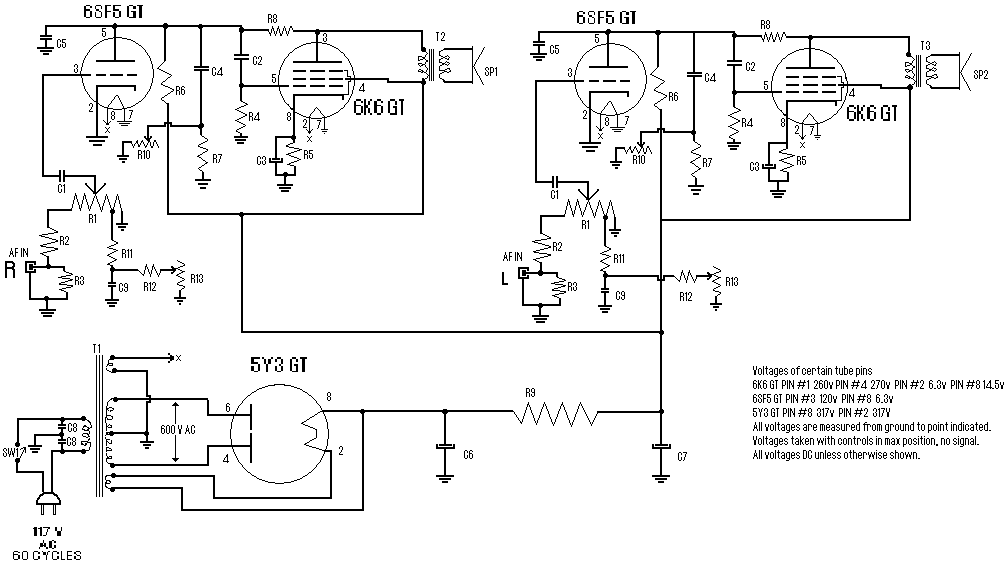
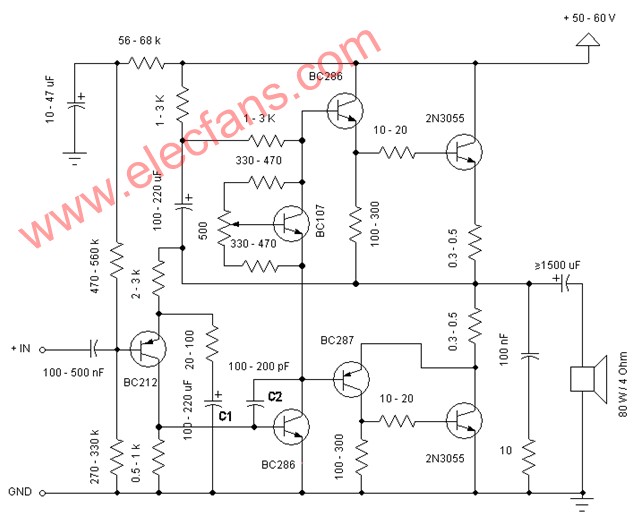
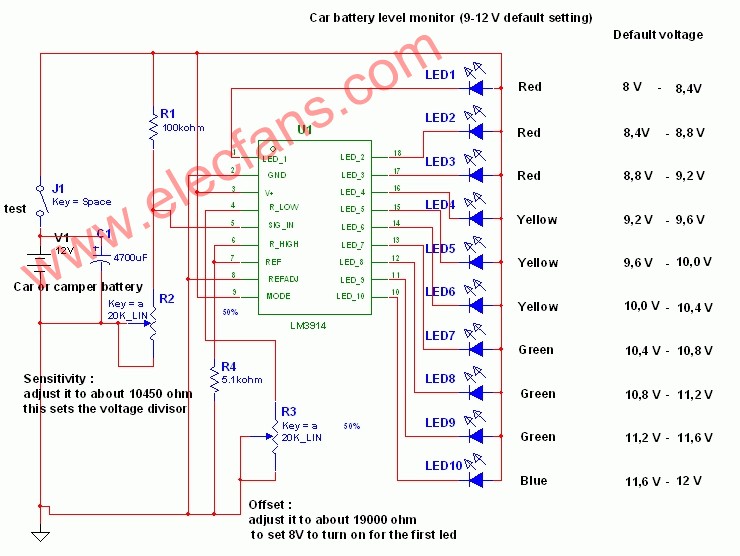
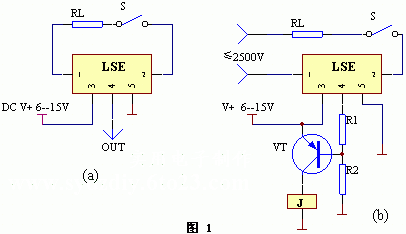

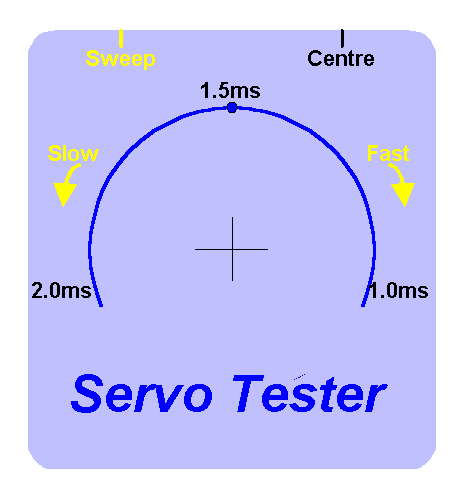
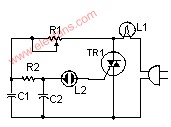


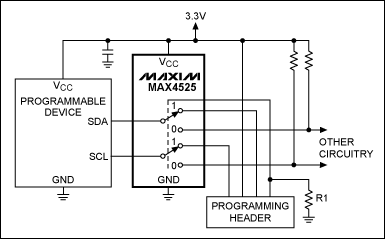
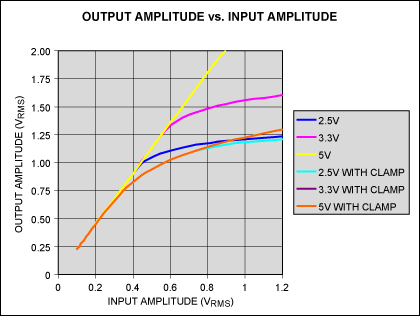
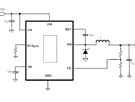
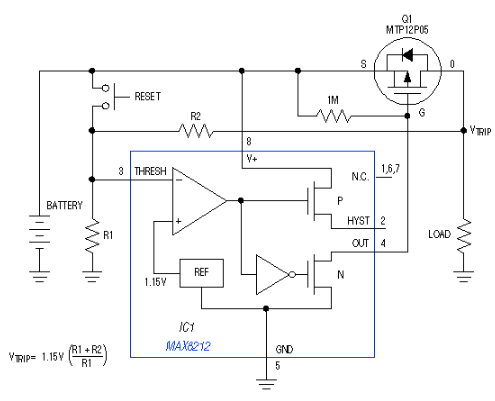
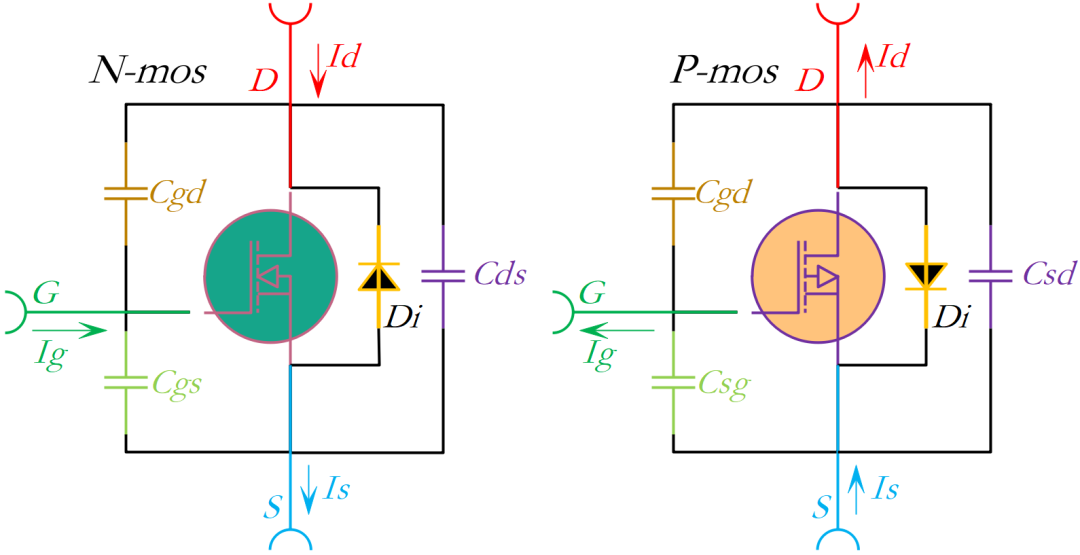
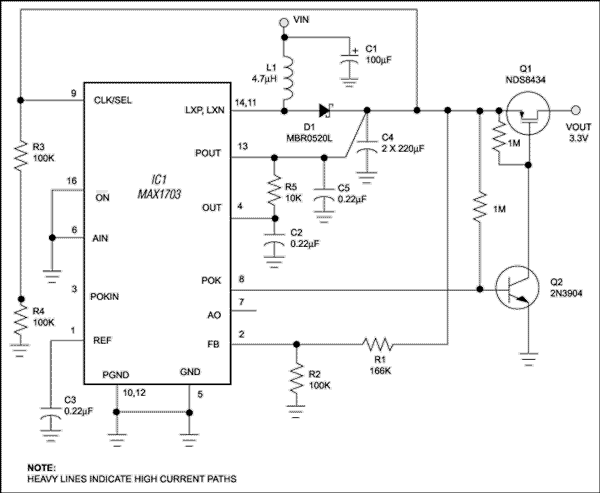
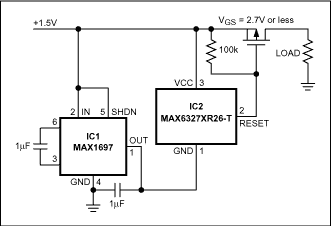


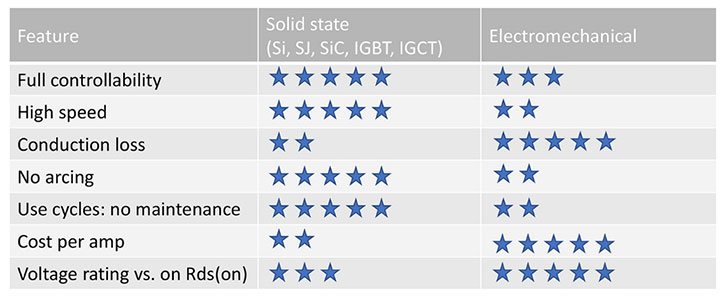
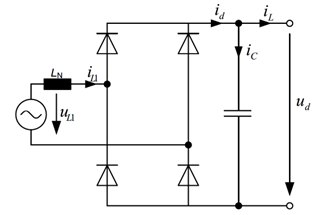
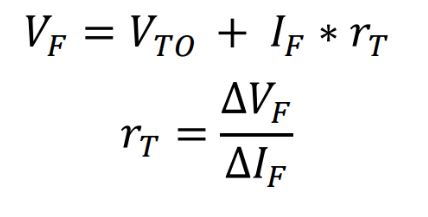
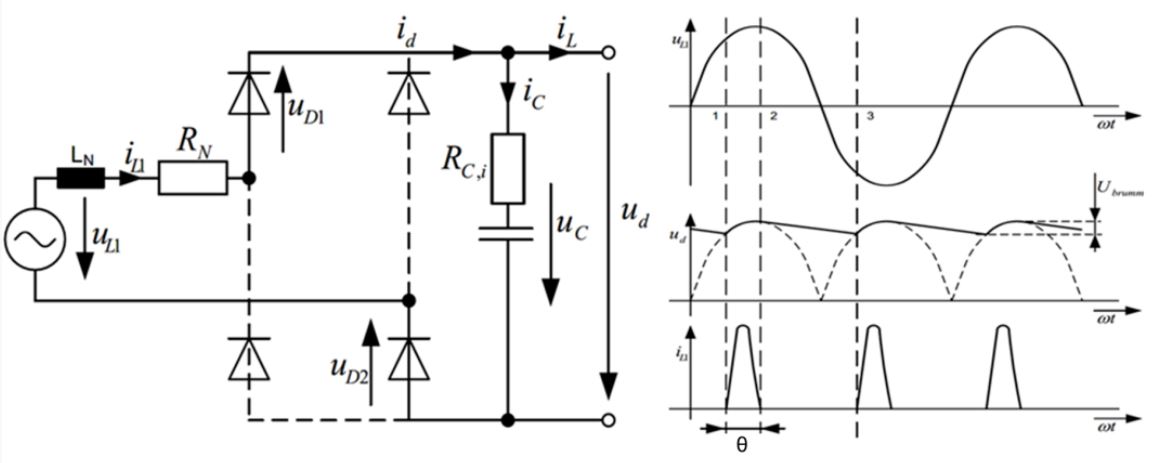











评论